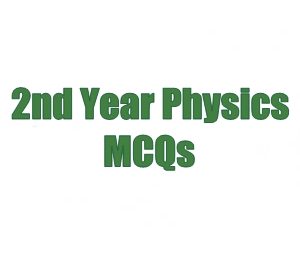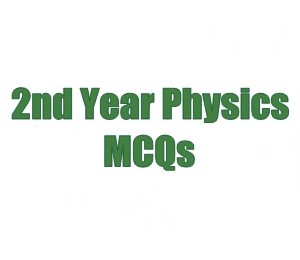You can get 1st Year Physics Chapter 3 MCQs with Answers Motion and Force here. Almost every physical activity involves motion of some sort. First of all, there is the concept of displacement which is the change in the position of the body from its initial position. After this, the important concepts of velocity and acceleration are important. The most important Newton’s laws of motion are discussed here. There is the relation between Momentum and Newton’s second law of motion and then the law of conservation of momentum is discussed here. Elastic and Inelastic collisions have different aftermaths. K.E in Inelastic Collision is not conserved but in Elastic Collision, the K.E remain conserved. Then there is the concept of Rocket Propulsion and in the end, the projectile motion. So, let’s solve the quiz of important MCQs of this chapter below to prepare for the entrance test.
1st Year Physics Chapter 3 MCQs
3957



